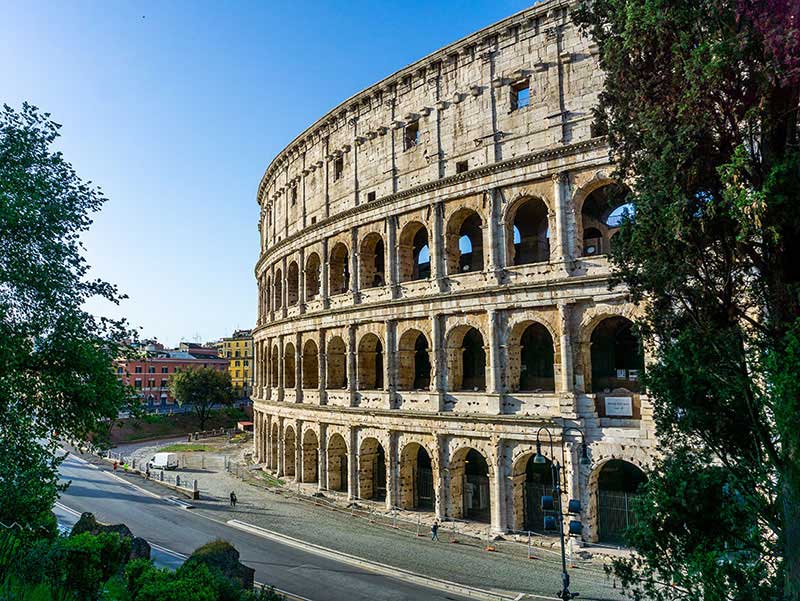Europe’s Famous Attractions
Europe is known for its rich history, stunning architecture, and beautiful landscapes. Over the years, many of Europe’s attractions have become popular tourist destinations, attracting millions of visitors from around the world. In this blog, we’ll take a look at some of Europe’s most famous attractions and how they have changed over time due to tourism.
The Impact of Tourism
Tourism has had a profound impact on Europe’s attractions, both positive and negative. On one hand, tourism has helped to preserve many historic sites and monuments, ensuring that they are protected for future generations to enjoy. On the other hand, tourism has also led to overcrowding, pollution, and damage to the environment in some areas.
Then: The Colosseum, Rome
The Colosseum in Rome is one of Europe’s most iconic attractions. Built in 70-80 AD, it was originally used for gladiatorial contests and public spectacles. In the past, visitors could freely explore the Colosseum and even climb to the top for a panoramic view of Rome.
Now: The Colosseum, Rome
Today, the Colosseum is one of Rome’s most popular tourist attractions, drawing millions of visitors each year. Due to the high volume of tourists, access to certain areas of the Colosseum is now restricted, and visitors must join guided tours to explore the interior.
Then: The Eiffel Tower, Paris
The Eiffel Tower in Paris is another iconic attraction that has undergone significant changes due to tourism. Built in 1889, it was originally intended to be a temporary exhibit for the World’s Fair. However, it quickly became a symbol of Paris and is now one of the most visited monuments in the world.
Now: The Eiffel Tower, Paris
Today, the Eiffel Tower is one of Paris’s most popular tourist attractions, with millions of visitors ascending to its observation decks each year. To manage the crowds, visitors must now book tickets in advance, and security measures have been increased.
Then: The Acropolis, Athens
The Acropolis in Athens is a UNESCO World Heritage Site that has been inhabited for over 3,000 years. In the past, visitors could freely explore the ancient ruins, including the Parthenon, Erechtheion, and Temple of Athena Nike.
Now: The Acropolis, Athens
Today, the Acropolis is one of Greece’s most popular tourist attractions, attracting millions of visitors each year. To protect the ancient ruins from further damage, access to certain areas is now restricted, and visitors must follow designated paths.
Balancing Heritage Preservation and Tourism Growth in Europe
Europe’s attractions have undergone significant changes over time due to tourism. While tourism has helped to preserve many historic sites and monuments, it has also led to overcrowding and damage in some areas. As tourism continues to grow, it is important to strike a balance between preserving Europe’s cultural heritage and ensuring that visitors can continue to enjoy these attractions for years to come.



